How to Choose the Best Camera Lens for Your Photography Style
Camera - 13, May, 2025 - Anosha Shariq
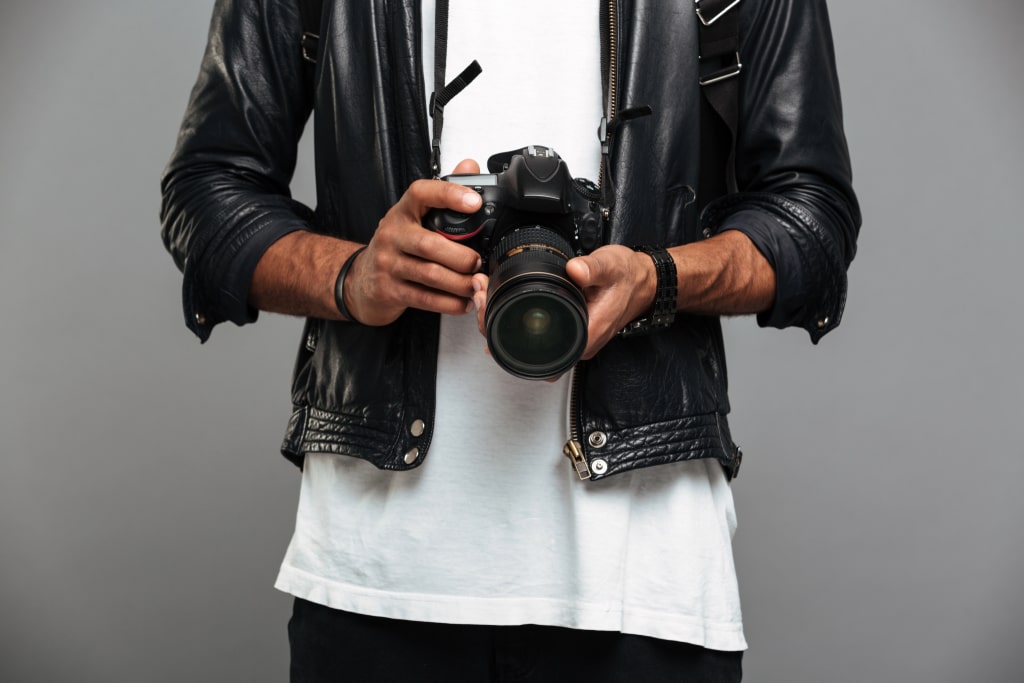
Picking a camera lens can feel a bit overwhelming at first, but honestly, it’s one of the coolest aspects of photography! The lens you choose can totally transform your images—changing not just how they look but also how they feel. So, whether you’re going for those dreamy portraits, stunning landscapes, sharp wildlife shots, or that creative vibe in street photography, getting the right lens is super important. It really makes a difference!
Alright, let’s dive into this guide together! How to choose the right lens for your photography. The article provides complete guidance about focal length and aperture with lens compatibility to enable you to make a smart choice.
Why the Right Lens Makes All the Difference
Your Lens Is More Important Than Your Camera
At the start of their photographic journey, many newcomers think that expensive cameras produce better pictures. As a matter of fact, image quality largely depends on the quality of your lens choice. It affects:
-
how much light your camera can actually capture. That's pretty crucial.
-
Then, we’ve got the sharpness of your images—like, how clear and detailed everything is.
-
Don’t forget about the background blur. It’s that lovely effect that helps your subject stand out, giving your photos that professional touch.
-
And of course, there’s the distance from which you can shoot. Whether you're really close or take a step back for a wider shot, that flexibility is key. All these factors play a role in how your photos turn out!
Using the appropriate lens enables you to execute your creative vision of life.
1. Identify Your Photography Style
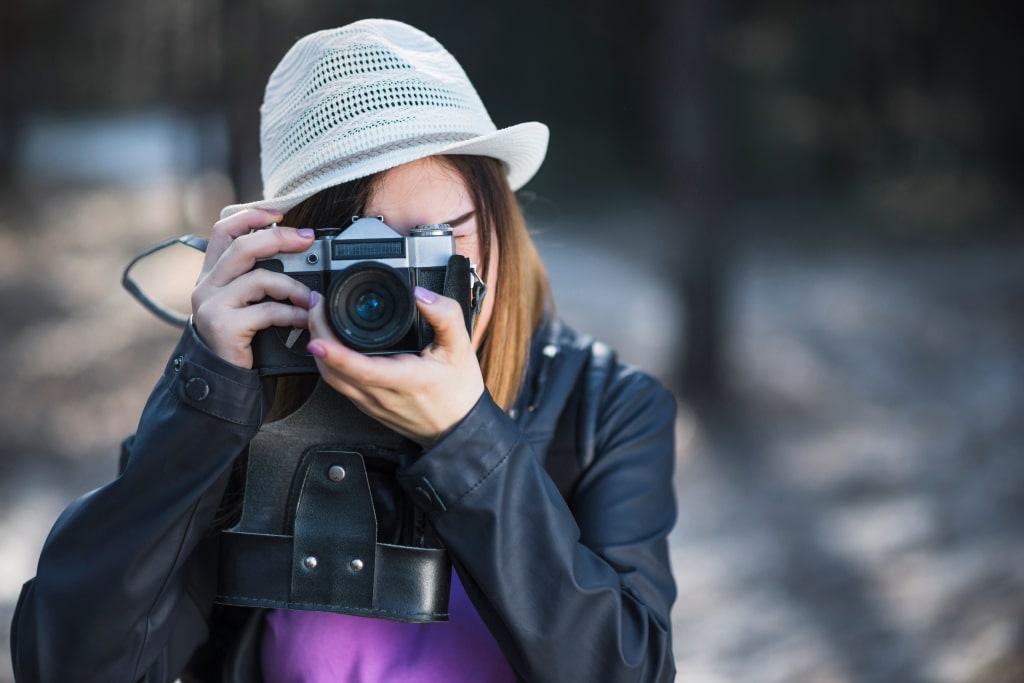
Ask Yourself: What do I like to shoot?
If macro photography or close-up details are your thing, tools like microscopes and macro lenses can help. Don’t miss using AmScope Coupon Codes for quality precision optics. Some questions to ask
-
So, do you like snapping close-up portraits of people?
-
What about nature or wildlife—does that catch your eye?
-
Or maybe street photography is more your vibe, capturing those spontaneous moments in the city?
-
How do you feel about shooting at night or in cozy indoor spots?
-
And let’s not forget those sweeping landscapes—do those scenic views make your heart flutter?
After you know your style, it is easy to choose a lens.
2. Best Lenses for Portrait Photography
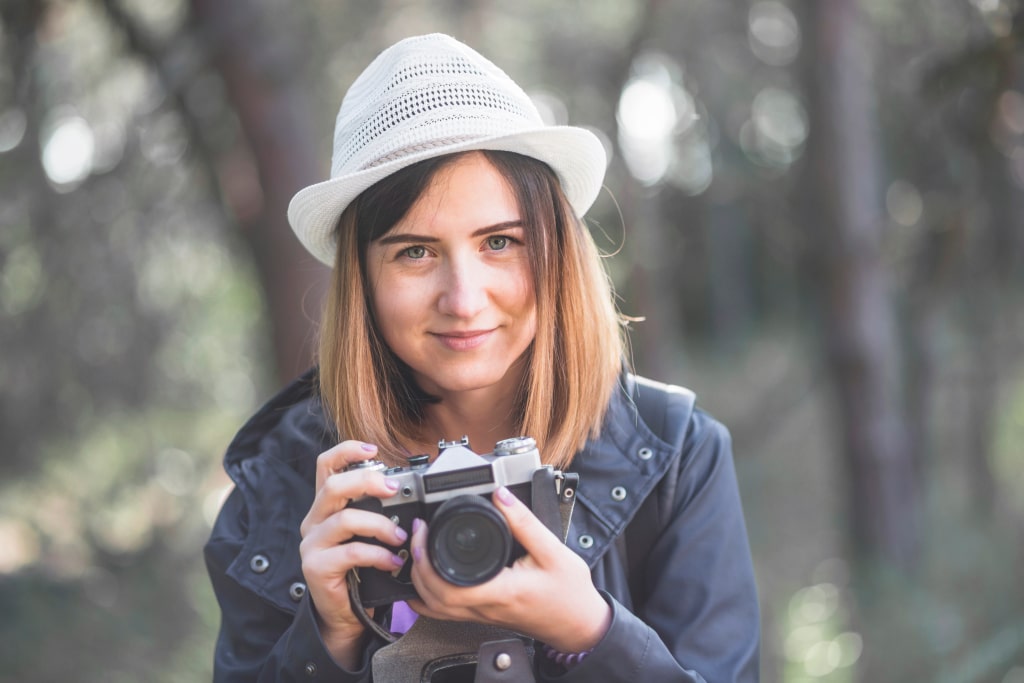
Capture Beautiful Faces in Perfect Clarity
If you enjoy taking pictures of people, whether it’s family, models, or clients, you’ll like a lens that emphasizes the features in a face with no distortion.
The best lens for portrait photography is typically a prime lens with a medium telephoto focal length: 50mm, 85mm, or even 135mm. These lenses give flattering results with a creamy blurred background and make the subject pop.
Recommended Portrait Lenses
-
50mm f/1.8: Great for beginners and doesn’t break the bank.
-
85mm f/1.4: Great background blur and professional result.
-
70-200mm f/2.8: Versatile; for full body and head shots from afar.
Portrait-type lenses must provide a wide aperture to generate a soft, shallow depth of field. This causes the background to fade into the background, making your subject’s face and expression stand out.
3. Choosing the Right Focal Length
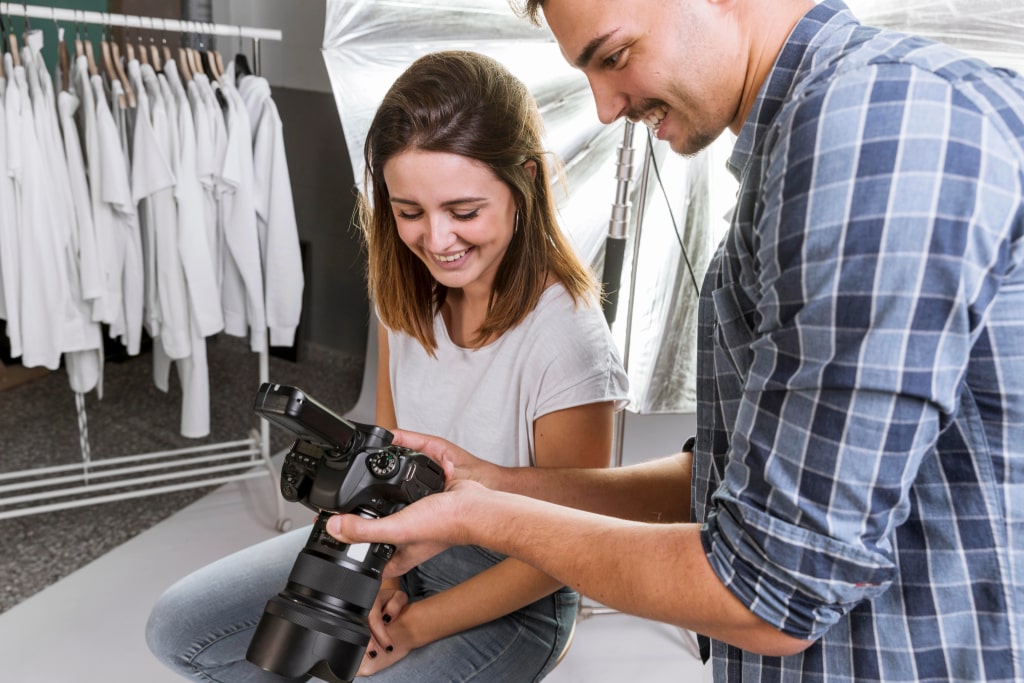
Focal Length Defines the Look of Your Photos
The right focal length determines how close or far objects are and how much of the scene you capture. It also affects perspective and distortion.
Let’s break down the focal length
-
14–24mm: this is what we call ultra-wide. It’s fantastic for capturing landscapes or architecture.
-
35mm: This one gives off a natural vibe. It’s perfect for street photography or documentary work, where you want to keep things looking real and relatable.
-
50mm: this is like the classic choice. It’s often referred to as the “standard” because it closely matches our own eyes' views.
-
85–135mm: The 85 to 135mm range is great for getting those stunning shots with that lovely background blur that makes your subject really pop.
-
200mm+: This is your go-to for sports and wildlife photography. It brings those far-off subjects close, making it feel like you’re right there in the action.
Tip
Experiment with different focal lengths in order to determine the one for your taste. If you do not know, a 24-70mm lens is a zoom lens that will help you try photography without having to purchase several lenses.
4. Lens for Low Light Photography
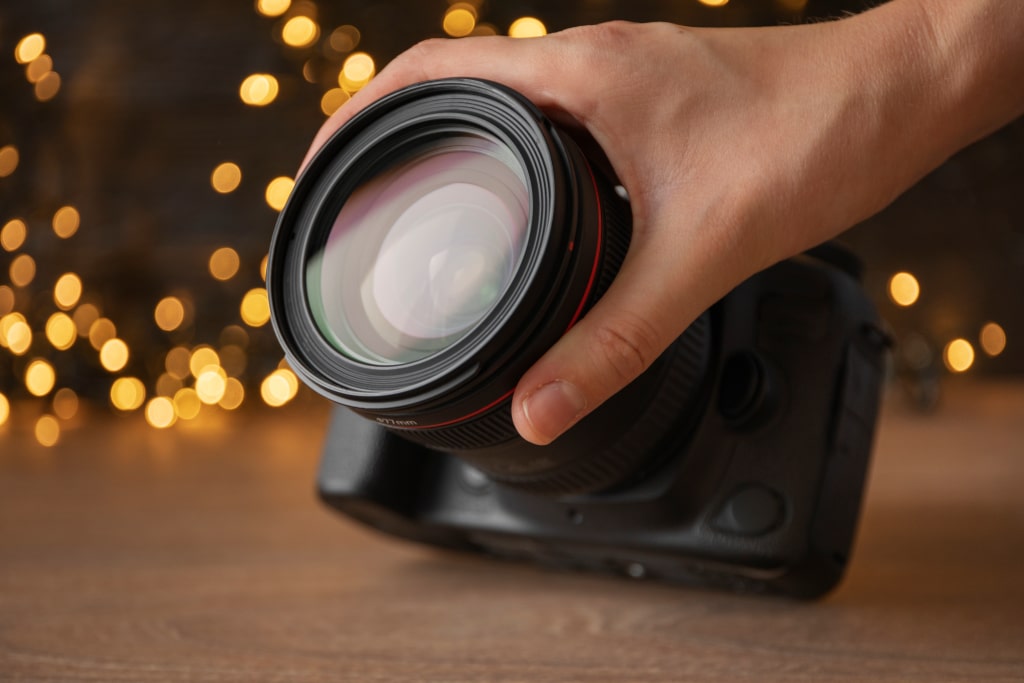
Shoot clearly in a dark place or indoors
If you are taking pictures at night or in indoor or dim surroundings, you need a lens that works well with little light.
The lens for low-light photography needs a wide maximum aperture of f/1.4, f/1.8, or f/2.8. A bigger aperture means more light, so you won’t need to increase your ISO or use slower shutter speeds (which might lead to a blurred image).
Great Low Light Lens Choices
If you're exploring lens upgrades, check out some great options from trusted retailers—especially if you're using Focus Camera Coupon Codes to save on gear that performs well in low light:
-
35mm f/1.8: It’s compact and just perfect for events or street photography. You can easily carry it around, and it captures those moments beautifully.
-
50mm f/1.4: This one’s super popular, especially for portraits and those nighttime shots. Honestly, it just has that wonderful ability to make your subjects pop against a lovely blurred background.
-
24–70mm f/2.8: This lens is pretty versatile—you can zoom in and out, and it performs well in various lighting situations.
Pro Tip
Always shoot in RAW when you're in low light. It really gives you a ton more flexibility later on when you’re editing brightness and shadows. You’ll thank yourself later!
5. Best Lens for Street Photography
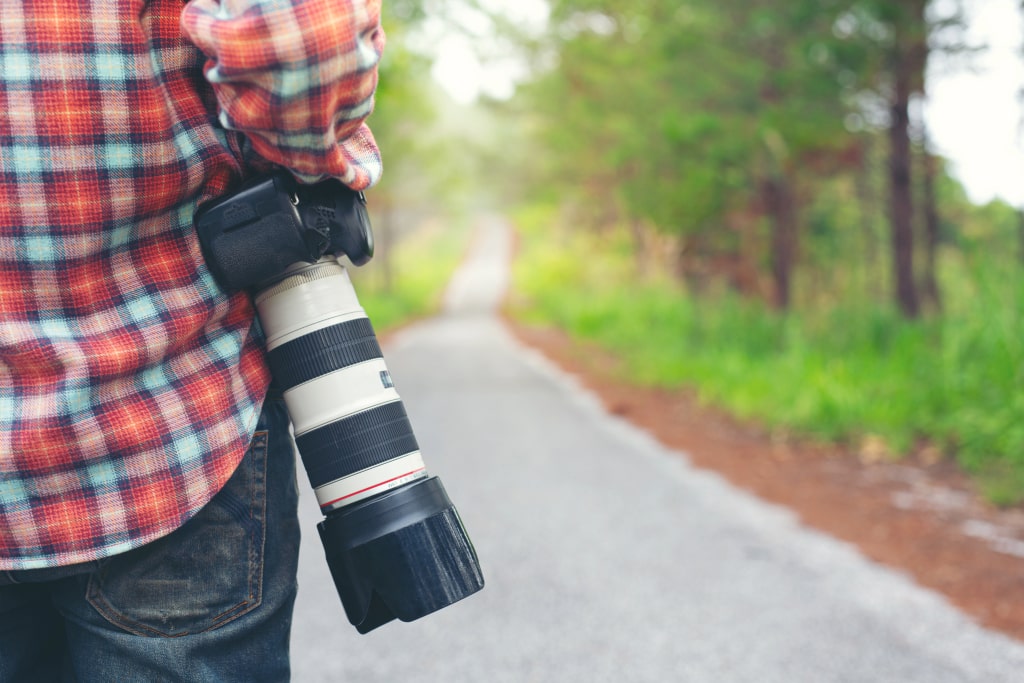
Live it up: Capture Candid Life in Real Time
Street photography involves the need for speed, subtlety, and flexibility. The point is to capture live moments without drawing too much attention to yourself.
The best lens for street photography is a small, light, prime lens with a natural field of view, i.e., a 35mm or a 50mm. These lenses are fast and discreet and give you sharp images under various conditions.
Top Picks
Alright, let’s talk about some great lens options for your photography adventures!
-
35mm f/2 or f/1.8: It’s a solid choice—wide enough to take in the whole scene but still tight enough to really tell a story.
-
50mm f/1.8: This one is fantastic for those moments when you want to capture details in a crowd. It really helps you to highlight.
-
24mm f/2.8: If you’re into wider shots, especially for street photography, the 24mm f/2.8 is just the ticket. It lets you capture more of the environment around your subjects.
Insider tip
When you’re out shooting on the streets, consider using zone focusing or even manual focus. It can really speed things up and keep things nice and quiet—perfect for those candid moments.
6. Telephoto Lens for Wildlife Photography
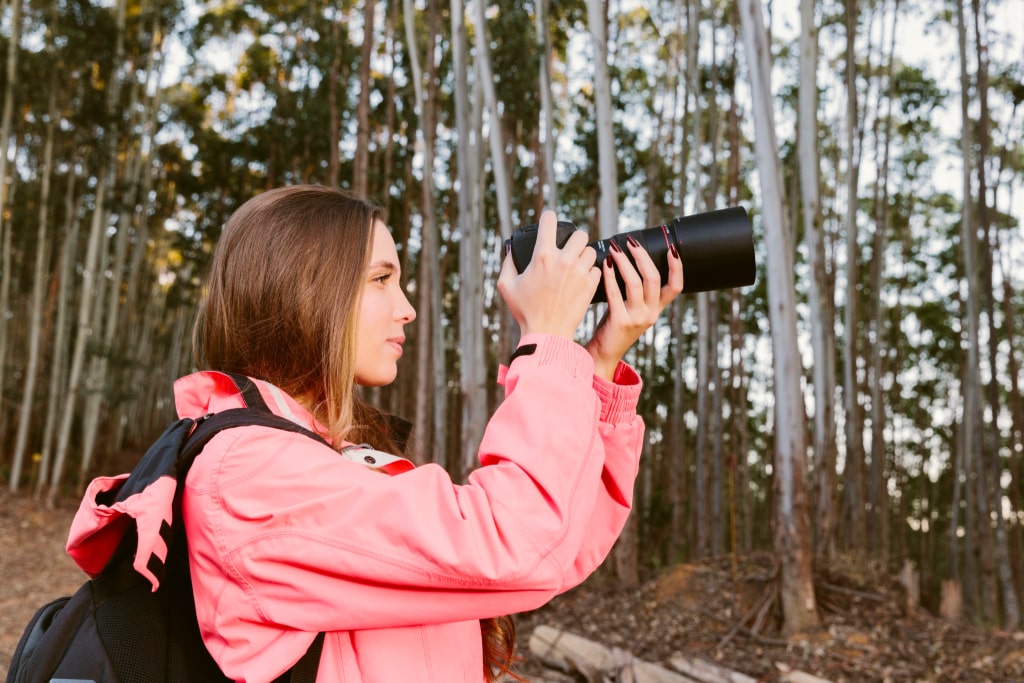
Get Close to Animals Without Scaring Them Away
When shooting animals, most of the time you can’t go too close. That’s why you need a telephoto lens for wildlife photography—something that lets you zoom in from a distance while keeping your image intact and sharp.
A telephoto lens is any lens with a focal length of 200 mm or above. These lenses allow you to stay at a distance for safety but capture details very sharply.
Wildlife Lens Suggestions
100–400mm f/4.5–5.6: So, if you’re into safaris or birdwatching, you might want to check out the 100–400mm f/4.5–5.6. It’s pretty versatile, which is great for getting those close-up shots without being too close.
200–600mm f/5.6–6.3: If you're really serious about wildlife photography, the 200–600mm f/5.6–6.3 could be just what you need. It’s got some powerful reach, perfect for capturing those elusive animals from a distance.
300mm f/2.8: The 300mm f/2.8 is fantastic. It performs well in low light, and the sharpness is top-notch. Honestly, it’s a real game changer.
Bonus tip
For added stability when using heavier lenses, a quality tripod or monopod is essential especially if you're planning to use SIRUI Coupon Codes to grab reliable gear at a good value.
7. Aperture of a Lens and Depth of Field
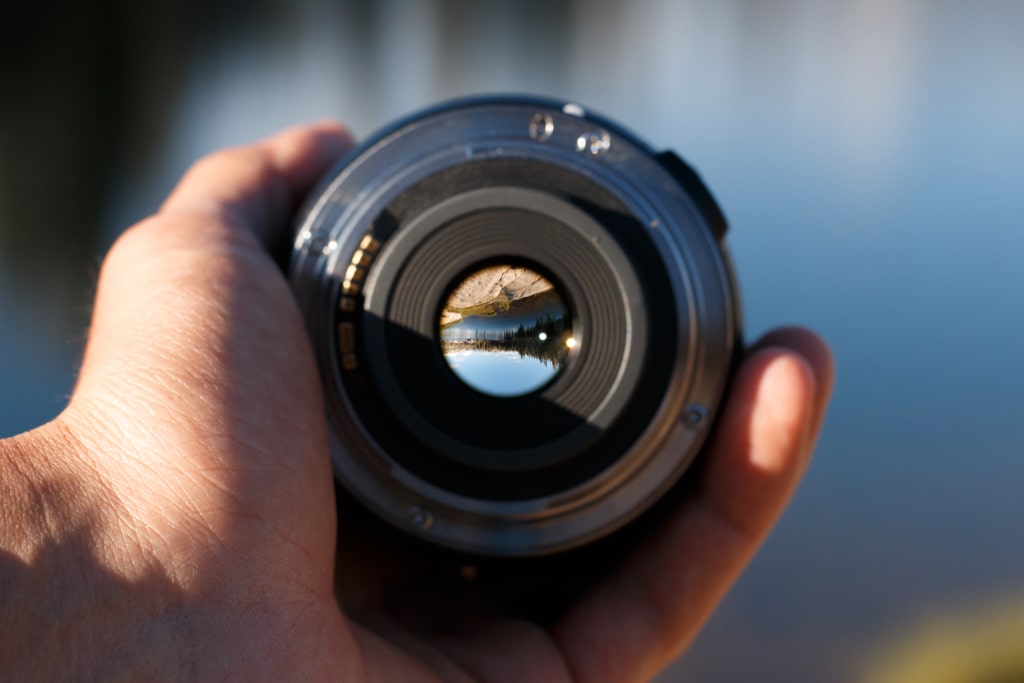
Control Focus and Background Blur
Knowing how lens aperture and depth of field work is important for creative photography. Aperture, figured out in f-stops (such as f/1.8, f/4, and f/8). It regulates how much light your lens lets in and how much of an image is in focus.
Wide Aperture (f/1.4 – f/2.8): Greater light, shallow depth of field (blurred background)
Narrow Aperture (f/8 – f/16): Low lighting, deep depth of field (sharp background).
When to Use Different Apertures
Portraits: Wide aperture for dreamy backgrounds.
Landscapes: Small aperture for sharp back-to-front focus.
Street/Night: Large aperture for shooting in low-light situations.
Tip:
Most zoom lenses have variable apertures (i.e., f/3.5–5.6). Wide fixed apertures are provided by prime lenses generally.
8. Lens Compatibility With Camera
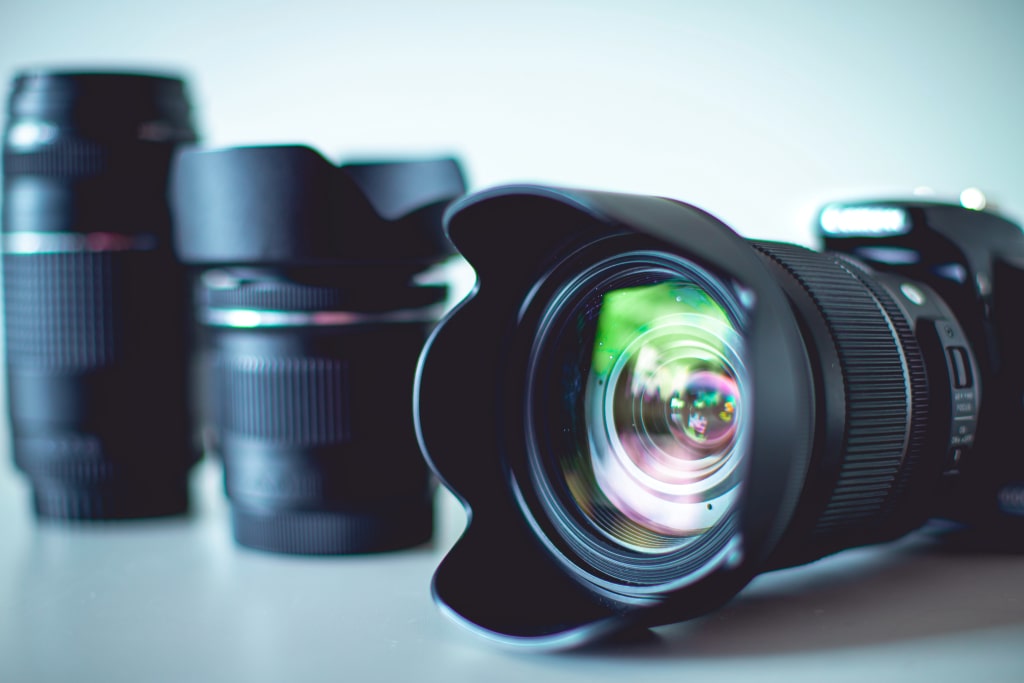
Not All Lenses Fit All Cameras
One of the biggest mistakes that new photographers make is purchasing a lens that does not fit their camera. That is why it is critical to check the lens compatibility with the camera before the purchase.
Factors to Consider
-
Lens Mount: Every camera brand has their own lens mount (Canon EF, Sony E, Nikon Z, etc.).
-
Sensor Size: Full-frame vs. crop sensor (APS-C). This means that using a crop lens on a full-frame camera may result in vignetting.
-
Features: Some of the lenses have features such as autofocus or image stabilization, which may or may not function in your camera body.
Pro Tip
Check out manufacturer-approved lenses or lens adapters only from trusted brands in case you mix systems.
9. Prime vs. Zoom Lenses

What’s the Difference?
Alright, so when it comes to camera lenses, you basically have two main types: prime and zoom. Let’s break it down a bit.
Prime Lens: This one has a fixed focal length — think 35mm or 85mm. What’s cool about prime lenses is that they usually give you sharper images and wider apertures, which is awesome for low-light situations. Plus, they're generally lighter, making them easier to carry around.
Zoom Lens: On the other hand, zoom lenses cover a range of focal lengths, like 24–70mm or 70–200mm. This means you can zoom in and out without having to change your lens. Super handy, especially when you’re stuck in a spot where you can’t get closer or further away from your subject.
Which One Should You Choose?
Well, it really depends on what you’re shooting. If you’re into portraits or often find yourself in low-light settings, a prime lens might be your best bet. But if you’re covering events, traveling, or just starting out and want some flexibility, then a zoom lens could be perfect to go. Honestly, both have their perks, so it’s all about what fits your style!
10. Budget, Mid-Range, and Pro Lenses
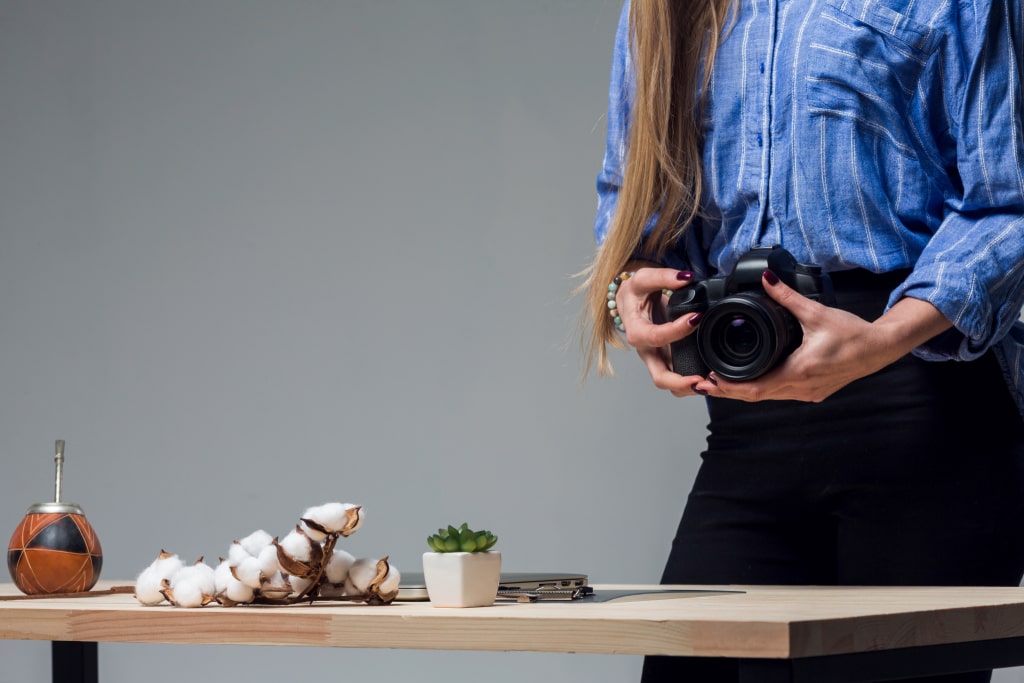
Align Your Gear with Your Wallet
There is a wide price range for camera lenses. And this is how you can choose based on your need and budget.
| Price Range | Type | Example Use |
| Under $300 | Entry | 50mm f/1.8, kit lenses |
| $400–$1000 | Mid-level | 24–70mm f/4, 70–200mm f/4 |
| $1000+ | Pro | 24–70mm f/2.8, 300mm f/2.8 |
Tip
You don’t have to spend money on the most expensive lens to take spectacular photos. Begin and upgrade when you grow skills.
Conclusion
Lens searching is not about obtaining the most expensive gear. It’s about knowing what you shoot, how you shoot, and what images you want to capture.
Whether it’s the best lens for portrait photography or the telephoto for exploring the world in terms of wildlife photography, your lens is your creative partner.
Check your options, try various styles, but of course the most important—enjoy the process of recording beautiful pictures.
Get special offers for camera lenses at GetMeCodes.com
At getmecodes.com, we assist photographers just like you to save on premium lenses, accessories, and gear. Take a look at our site to get exclusive discounts, promo codes, and bundles of various brands such as Canon, Nikon, and Sony as well.
Upgrading your lens and taking your photography to the next level? Check out our recent offers now!
FAQs
1. What factors should I consider when choosing a camera lens for my photography style?
When selecting a lens, consider your photography genre (e.g., portrait, landscape, wildlife), focal length, aperture size, image stabilization, and whether you need zoom or prime. Compatibility with your camera body is also essential.
2. What is the difference between a prime lens and a zoom lens?
A prime lens has a fixed focal length, often offering superior sharpness and wider apertures. A zoom lens covers a range of focal lengths, providing flexibility and convenience, especially for travel or events.
3. Which lens is best for portrait photography?
Portrait photographers typically prefer lenses with focal lengths between 50mm and 135mm and wide apertures (like f/1.8 or f/1.4) to create a pleasing background blur (bokeh) and sharp subject focus.
4. What lens should I use for landscape photography?
Wide-angle lenses (typically 14mm to 35mm) are ideal for capturing expansive scenes. Look for lenses with minimal distortion and good edge-to-edge sharpness, especially if you shoot at smaller apertures like f/8 or f/11.
5. How important is aperture when choosing a lens?
Aperture affects both exposure and depth of field. Wider apertures (lower f-numbers like f/1.8) are great for low-light conditions and background blur, while narrower apertures (higher f-numbers like f/11) are better for detailed landscapes and group shots.

Anosha Shariq (LinkedIn)
I am a dedicated news writer for many renowned websites, covering a wide range of topics from cybersecurity to the latest trends in the tech and entertainment industries. A passionate pet lover, I also supports animal welfare initiatives. My aim is to provide clear, insightful information on digital privacy and security.














 Sign Up & Get $5 Instantly!
Sign Up & Get $5 Instantly!